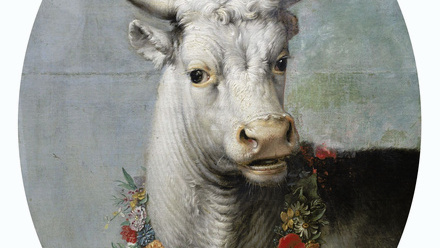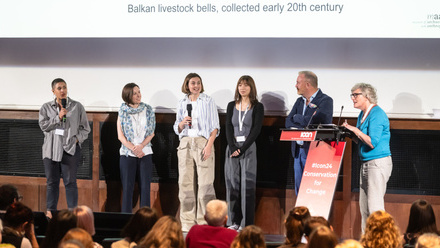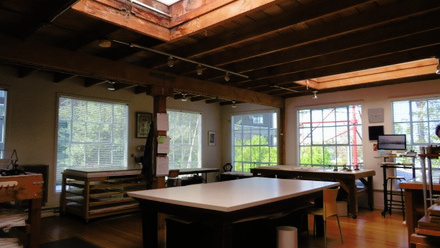A la Ronde is a 16-sided house in Lympstone, Devon, built, and probably designed, by cousins Mary and Jane Parminter in 1796 following their return from a Grand Tour of Europe.
The house was extensively decorated with featherwork and shellwork, amongst many other materials. The extraordinary survival of the interiors still includes over 27 meters of wall friezes made of feathers, patterned wall paintings, and a Shell Gallery sitting at the very top of the house accessed by a narrow Grotto Staircase.
The will of Mary Parminter, in accordance with the wishes of Jane, bequeathed A la Ronde and their possessions to a line of unmarried kinswomen, while other parts of their considerable fortune were left to female friends and relatives, “to be paid into their own proper hands… and not be subject to the control or engagements of their respective husbands”.
The Shell Gallery, Grotto Staircase, Drawing Room feather friezes, and Octagon wall paintings have been recently conserved as part of a two-year multi-strand project, funded by the National Heritage Lottery Fund, the Wolfson Foundation, and the National Trust, resulting in deeper understanding of the spaces, and exploration of the intentions of Jane and Mary Parminter.



